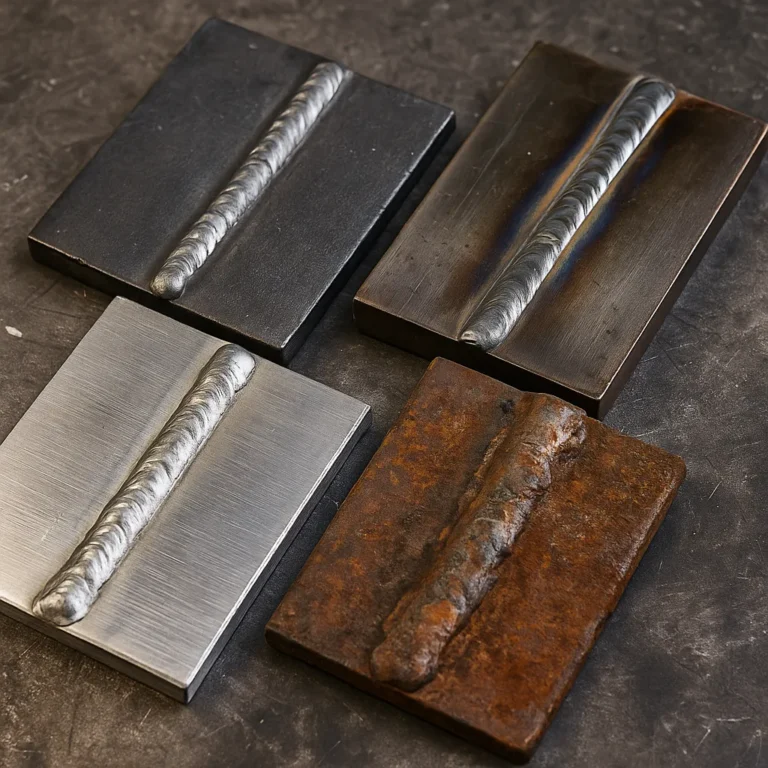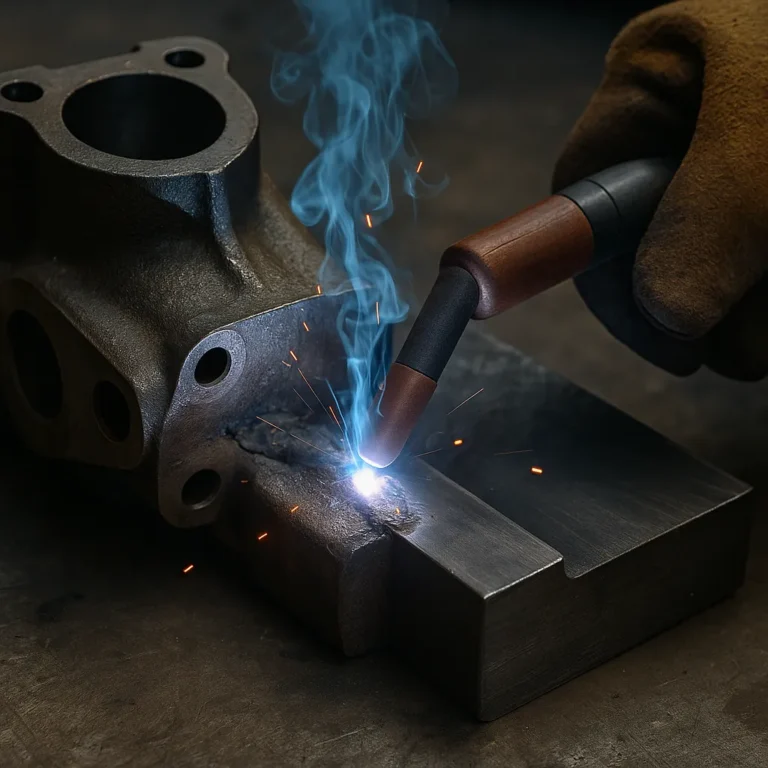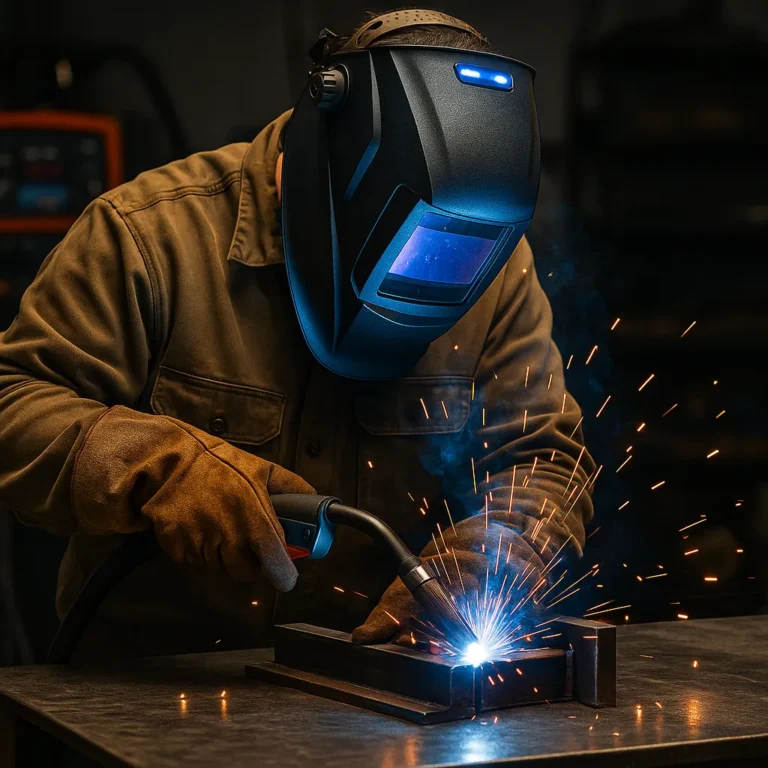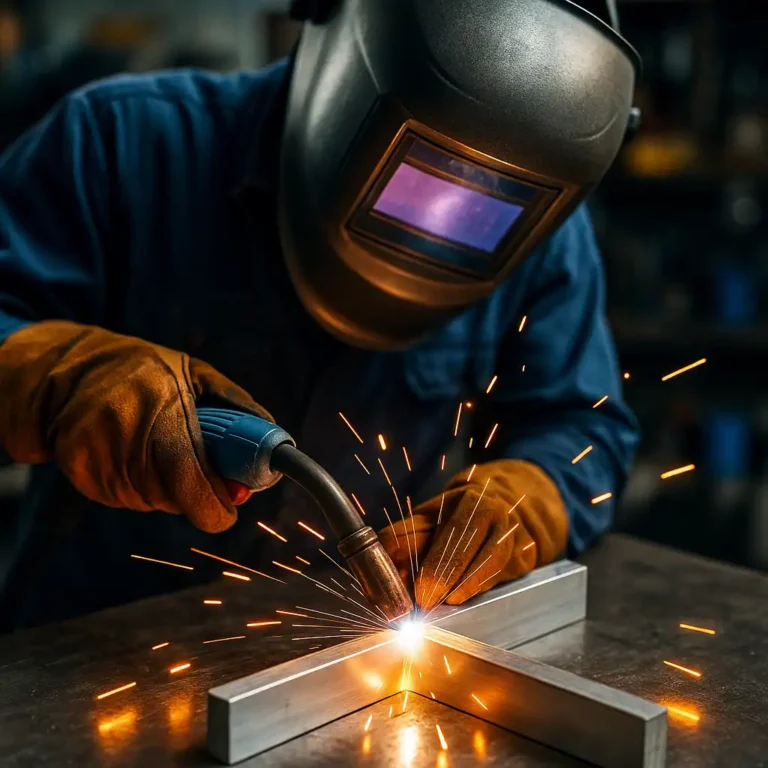Can You Weld a Cracked Rim Without Compromising Safety?

Disclosure: This post contains affiliate links. As an Amazon Associate, I earn from qualifying purchases—at no extra cost to you.
A cracked rim is more than just an inconvenience—it’s a serious safety concern. Whether caused by potholes, curb hits, or metal fatigue, a damaged rim can lead to tire blowouts or compromised vehicle handling. Welding may offer a cost-effective repair solution, but it’s not always the best or safest route. Understanding when and how to weld a cracked rim is key to restoring its integrity without risking your safety.
Understanding Rim Cracks and Risks
Cracks in rims typically occur in aluminum alloy wheels, especially around the inner or outer lip. These cracks can vary in severity, from minor hairline fractures to deep structural splits. Before deciding on a welding repair, the type, location, and extent of the crack must be thoroughly assessed.
Welding a rim might seem straightforward, but improper repairs can lead to structural failure under stress. It’s essential to know whether a crack is repairable and how to do it correctly.
When Welding Is an Option
Welding is generally suitable for small cracks on non-critical areas of the rim, such as the lip. A TIG welder is typically used for aluminum, ensuring precise and clean welds. Before welding, the rim should be thoroughly cleaned, stripped of paint and contaminants, and then ground to expose fresh metal around the crack.
The welder will create a V-groove along the crack to allow the filler material to penetrate fully. After welding, the area should be ground flush and pressure-tested to ensure the repair can withstand real-world conditions.
When Welding Is Not Recommended
Welding is not recommended for cracks that:
- Extend into the spoke or hub area (structurally critical zones)
- Are too long or recur after previous repairs
- Involve magnesium or steel rims that require specialized handling
In these cases, replacement is the safest and most reliable option. Even professional welders will often advise against attempting to repair a rim if it risks driver safety.
Professional vs DIY Rim Welding
While skilled welders with the right equipment may be able to repair minor rim cracks, it’s not a job for casual DIY repairs. Most home setups lack the necessary precision tools, experience, or safety checks like pressure testing. If you don’t have advanced TIG welding experience, take the cracked rim to a certified professional with experience in alloy wheel repair.
Conclusion
Yes, you can weld a cracked rim—but only under the right conditions. The key is to evaluate the location and severity of the crack and to perform the repair with proper equipment and knowledge. When done correctly by a professional, welding can extend the life of a rim. However, when safety is in doubt, replacement is the wisest choice.






